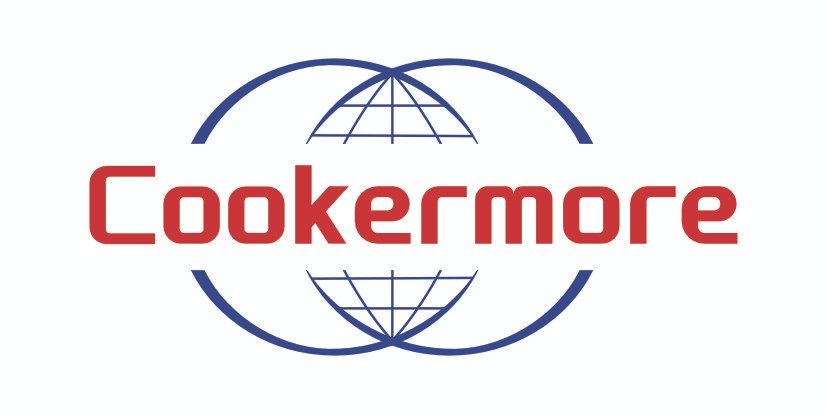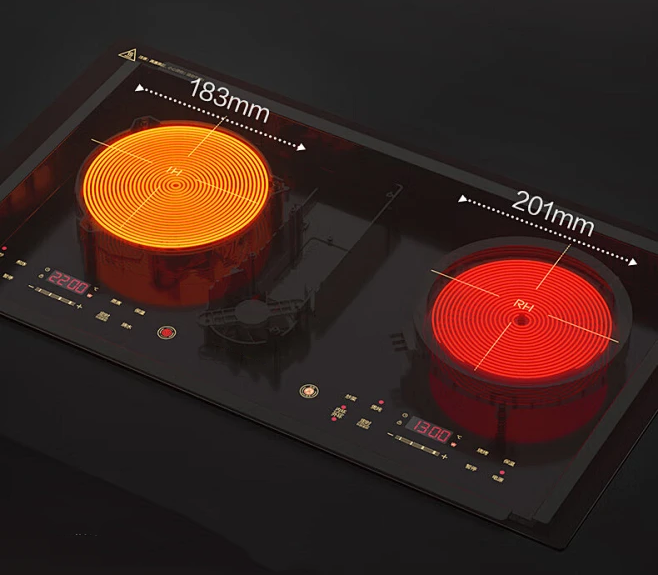In modern kitchens, induction cooker and infrared cooker are two common cooking tools, each with its unique advantages. Induction cookers have gained popularity among consumers due to their high efficiency, energy-saving, and safe-to-control features. Meanwhile, infrared cooker have established a place in the culinary world with their versatility in accepting various cookware and even heat distribution.
Heating Principle and Speed:
Infrared cooker: Utilizes the joule heating effect to convert electrical energy into heat, heating through the principle of infrared radiation. The heating core can warm up within 3 seconds to a maximum surface temperature of approximately 200 degrees Celsius. This gradual temperature rise and triple heat balance prevent issues such as burnt bottoms and false boiling. However, due to its heating principle, it generally has a slower heating speed and requires longer preheating times.
Induction Cooker: Uses the principle of electromagnetic induction to heat the bottom of the pot. An induction cooker can raise the temperature of the pot bottom to over 300 degrees Celsius within 15 seconds, significantly saving cooking time and speeding up meal preparation.
Energy Efficiency and Power Consumption:
Infrared cooker: While the heating efficiency is relatively high, it typically consumes more electricity due to its heating principle.
Induction Cooker: Achieves a thermal efficiency of 80 to 92 percent or more, with no emissions or noise, greatly improving the kitchen environment. Additionally, its fast heating speed and lower electricity costs make it cheaper than using coal or gas.
Operation and Features:
Infrared cooker: Typically has an intuitive interface that is easy to understand and use. It also retains heat well, maintaining a certain temperature even after being turned off, which is suitable for dishes that require slow cooking. It is compatible with various materials, including metal, glass, and ceramic.
Induction Cooker: Features “one-touch operation,” making it very user-friendly. It also has multiple functions, such as frying, boiling, stewing, and hot pot, catering to different cooking needs.
Safety:
Infrared cooker: Produces no open flames and no carbon monoxide, making it a non-polluting and harmless health product. It also includes multiple safety features such as tilt protection, power off, dry burn protection, overcurrent, and under/over-voltage protection, significantly enhancing its safety.
Induction Cooker: Uses flameless cooking, reducing the risk of fires. However, it may produce noticeable noise when operating at high power.
In conclusion, infrared cooker and induction cookers each have their characteristics in terms of heating principles, energy efficiency, operation, features, and safety. The choice between which type of stove to use primarily depends on personal cooking needs, budget, and preference for stove performance.







